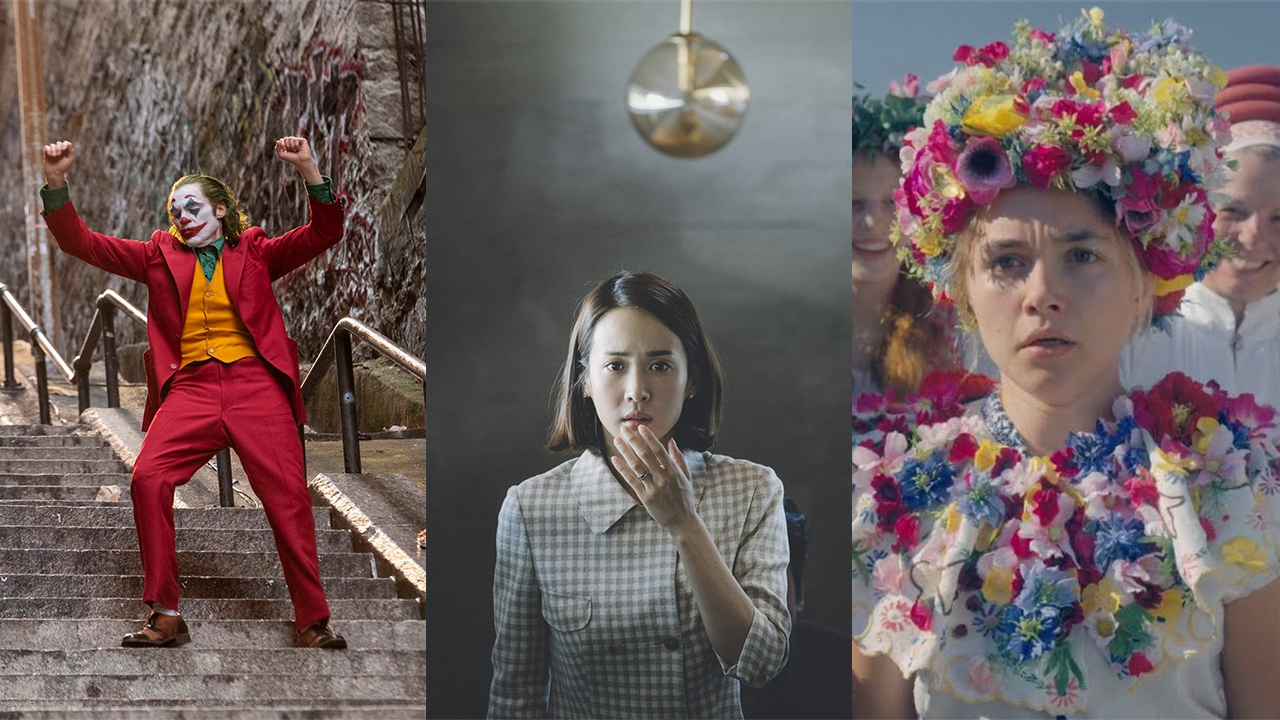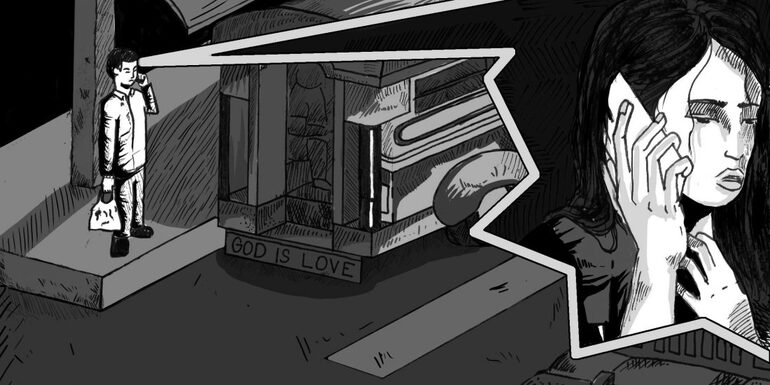A different kind of horror: movies that mirror reality
Horror films make Halloween. It’s the season we want to frighten ourselves with shows that give us nightmares. But this time, we explore the other side of fear, the one that mirrors dark truths we all refuse to acknowledge, through movies released in 2019 that are not exactly horror—but will haunt us nonetheless.
Joker, mental health, and the disparity between social classes
Telling the story of a failed stand-up comedian who turned to crime and violence in Gotham City set in 1981, psychological thriller film Joker is not your typical comic book movie.
As a story that tries to dig deeply into the origin of a complex villain, its narrative is open to various interpretations and debates. Sparking controversies, the movie hits very sensitive issues of mental health, and does so with no filter. Even some of those who have watched and loved it would recommend it with warning: watch at your own risk. This movie is definitely one among those with storylines and messages that linger, like ghosts that crawl out the television screen.
Nonetheless, the story is not just about the life of Joker and how he became the villain that we know today. It also depicts disparity between the condition of the rich and the poor in our society. There are more people in Gotham City who are facing poverty than rich people living in comfort, and Joker indeed portrays violent resentment to inequality. The societal condition reflected in Gotham City says something about what is happening to society today, a horror that is close to reality.
Midsommar and the horrors in the sun
Folk drama-thriller film Midsommar is a movie that defies tropes commonly associated with horror—firstly because it is set in broad daylight. The film follows a couple on the brink of falling apart while on vacation in rural Sweden for a midsummer festival, which has gone violent with rituals of a pagan cult.
A story that hints the impending separation of a couple weaved with the violence of the cult makes for an uncanny kind of unsettling. Despite the portrayal of the movie as a break-up story, it delves deeper into unmasking horror that disturbs you.
Behind the unusual sunny disposition of the film is a depiction of horror centered on the struggles of the characters, which is opposite to the horror genre we are familiar with that builds up on the reactions of the characters. Midsommar, as a thriller movie that makes use of bright colors and summery atmosphere, reminds us that not all things that scare us are in the dark.
Parasite and the satirical portrayal of social interaction
Parasite, a 2019 Korean dark comedy movie, depicts the story of two families with polar opposite social statuses. The lives of these families are brought together when the man from the poor family gets a job as the tutor of the rich family’s daughter through faking a college degree. Through a series of lies and deception, the poor family gradually starts to work for the rich and becomes fully dependent on them for livelihood.
The relationship between the two families mirrors the inequality that is happening in society. Reflected in the title of the movie is the parasitic interaction of the different social classes to each other, where the rich family is dependent on labor and the other for income. Through the relationship of the two families, the story comments on social hierarchy in a new, refreshing way, depicting the symbiotic interaction between social classes which are both dependent on each other for survival.
The horror of this film lies in how we accept this interaction as normal in the society that we are in, because we are slaves to this system. What lurks below the surface level of it all will make you think about the horror of reality and how we seem to be stuck in a cyclical interaction, making us all parasites.




